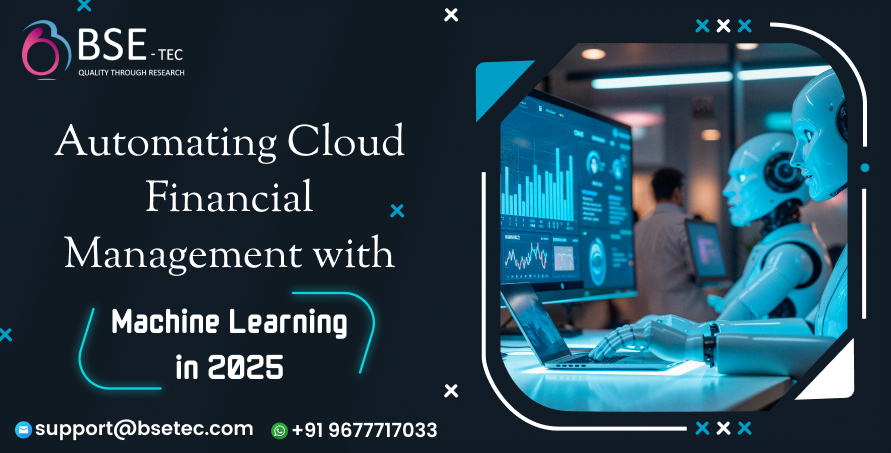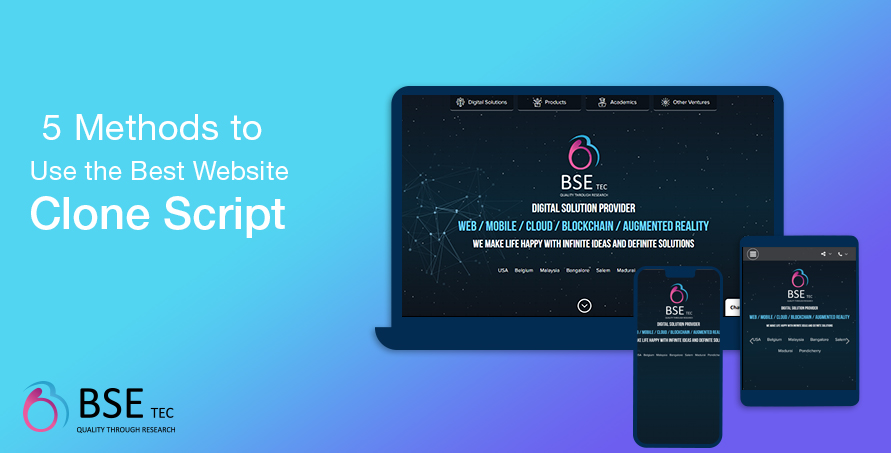
As cloud adoption reaches new heights in 2025, organizations are facing a new challenge: Managing cloud financials efficiently and intelligently with Machine learning. Traditional cost tracking and optimization methods are proving inadequate in the face of highly dynamic, scalable, and complex cloud environments.
Enter Machine Learning (ML) — the transformative force automating and revolutionizing Cloud Financial Management (FinOps). In this blog, we’ll explore how ML is driving smarter, faster, and more proactive cost management in the cloud era.
Why Cloud Financial Management with Machine Learning Needs a Tech Upgrade
Cloud Financial Management (CFM) ensures organizations can track, allocate, and optimize cloud spend. But with increasing multi-cloud deployments, serverless workloads, and real-time scaling, manual and rule-based tools are no longer sufficient. Key challenges include:
- Cloud bill complexity
- Lack of real-time visibility
- Inefficient resource allocation
- Forecasting inaccuracies
This is where machine learning automates, learns, and adapts, making cost management predictive rather than reactive and thus Managing cloud financials with Machine learning arrives,
How Machine Learning Is Automating Cloud Financial Management in 2025
1. Real-Time Anomaly Detection
Machine learning models analyze cloud usage patterns and instantly flag abnormal spending or underutilized resources. This reduces waste and tightens budget control without human intervention.
Example: A ML-powered system may notice a sudden 60% spike in storage costs tied to a backup misconfiguration and alert DevOps instantly—saving thousands.
2. Intelligent Forecasting
Instead of relying on linear models or spreadsheets, ML uses historical usage, seasonality, growth trends, and business context to accurately predict future cloud costs. This enables smarter budgeting and reduces end-of-month surprises.
3. Automated Rightsizing Recommendations
ML can suggest cost-saving changes in real time—like downsizing an EC2 instance or switching to spot instances—based on actual utilization, not just static thresholds.
4. Dynamic Budget Enforcement
Policies powered by machine learning can dynamically adjust spending limits and trigger automatic responses when thresholds are exceeded. This allows proactive budget control, not just end-of-quarter reconciliation.
5. Multi-Cloud Optimization
ML systems in 2025 are now smart enough to analyze workloads across AWS, Azure, GCP, and more, identifying cost efficiencies like migration suggestions, discount opportunities, or reserved instance planning.
Benefits of ML-Driven Cloud Financial Automation
- Improved ROI from cloud investments
- Data-driven decisions for finance and engineering
- Reduced manual effort in tracking costs and usage
- Faster response time to cost anomalies
- Better collaboration between finance, IT, and DevOps (key FinOps principle)
Top Tools and Platforms Leading the Way in 2025
Some of the most popular tools harnessing ML for cloud financial automation include:
- AWS Cost Anomaly Detection
- Azure Cost Management + AI Insights
- GCP’s Active Assist and Recommender
- Harness Cloud Cost Management
- Apptio Cloudability
- Kubecost for Kubernetes environments
Each leverages proprietary ML algorithms to deliver real-time analytics and intelligent cost controls.
Where to get started ?
BSEtec Adopts Automating Cloud Financial Management
- Custom ML model building, leveraging AutoML to streamline forecasting, anomaly detection, and resource optimization—accelerating ROI and reducing human error.
- Integration with major cloud platforms, enabling automated tagging, policy enforcement, budget forecasting, and real-time dashboards.
- Explainable ML (XAI) capabilities, ensuring automated decisions remain transparent and auditable.
- MLOps-driven deployment, with monitoring, version control, automated retraining, and compliance tracking—aligned with best practices for fraud and governance automation
Enjoy the real benefits of hiring a Machine Learning Developer of BSEtec, Where they deliver within,
- Personalized recommendations based on user behavior—think Amazon or Netflix style suggestions.
- Streamlined operations across sales, inventory, and support through analytics-driven insights.
- AI‑powered chatbots that reduce manual customer service overhead.
- End-to-end support—from model design to deployment and inference in real‑world environments.
By engaging BSEtec’s ML team, businesses can reduce production time, optimize costs, and enhance decision‑making via AI-driven automation
As cloud environments grow and financial complexity increases, automating cloud financial management with machine learning in 2025 isn’t just desirable—it’s business-critical. With ML-driven cost forecasting, anomaly detection, policy automation, and governance, FinOps can finally evolve from reactive bookkeeping to proactive strategy.
BSEtec, with its deep ML expertise, MLOps methodology, and real‑world integration experience, stands ready to enable that transition. Whether you’re optimizing cloud spend today or designing future‑proof FinOps systems, their AI solutions offer transparency, scalability, and measurable savings.Build it today with BSEtec .
Did you find this article useful? Let us know by leaving a comment below, or join us on Twitter and Facebook.


